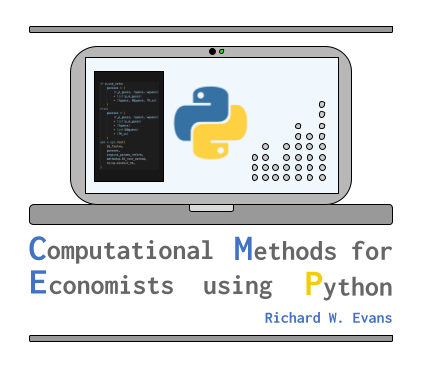Appendix#
Put Appendix intro here.
Truncated normal distribution#
The truncated normal distribution with parameters \(\mu\) and \(\sigma\) and lower-bound cutoff \(c_{lb}\) and upper-bound cutoff \(c_{ub}\) is simply the normal distribution of values of the random variable \(x\) defined only on the interval \(x\in[c_{lb}, c_{ub}]\) rather than on the full real line. And the probability distribution function values are upweighted by the probability (less than one) under the normal distribution on the interval \([c_{lb}, c_{ub}]\).
The function \(\phi(x|\mu,\sigma)\) is the probability distribution function of the normal distribution with mean \(\mu\) and variance \(\sigma^2\). And the function \(\Phi(x|\mu,\sigma)\) is the cummulative distribution function of the normal distribution with mean \(\mu\) and variance \(\sigma^2\).
Footnotes#
The footnotes from this appendix.
